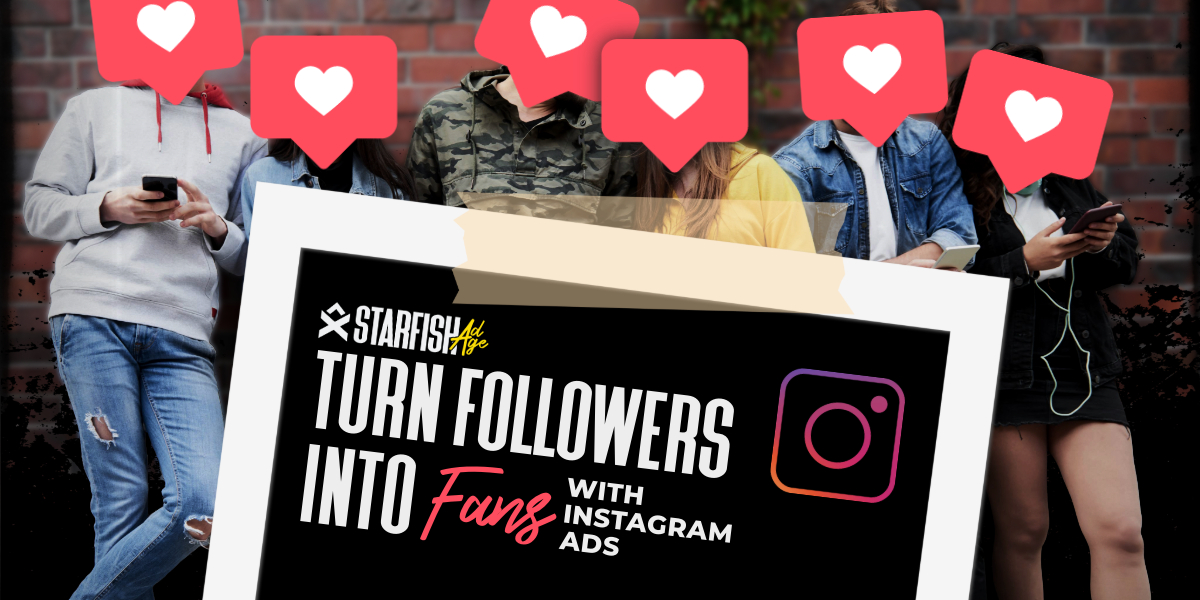
How Do You Advertise On Instagram?
Discover how to advertise on Facebook. Learn about Facebook ad campaigns, targeting options, and ad formats to reach your audience effectively.
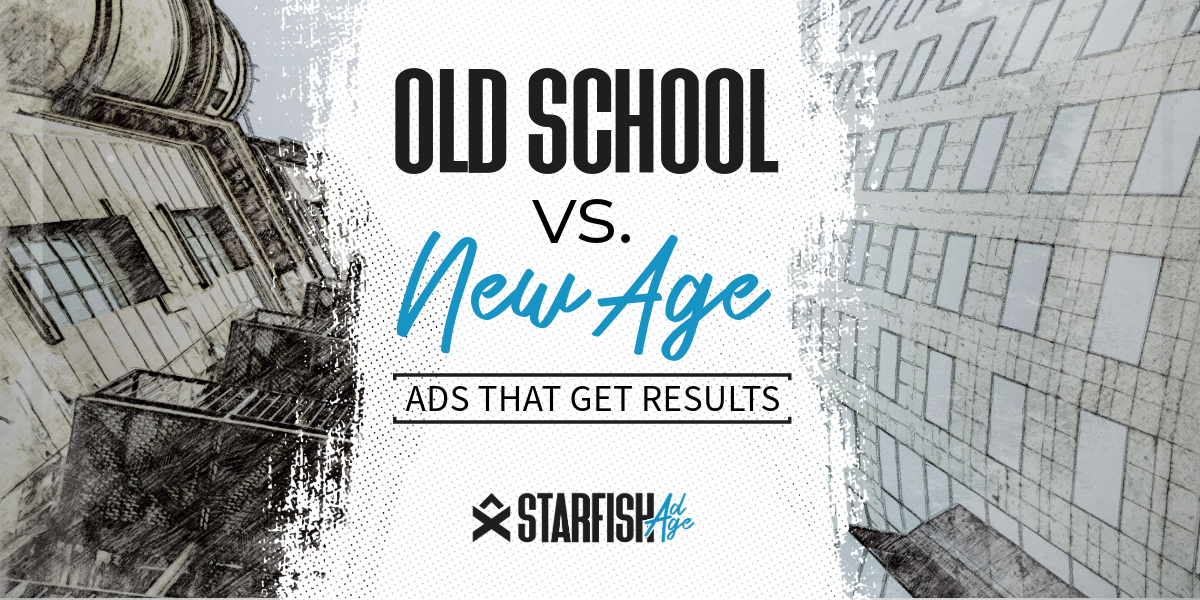
The world of advertising has changed dramatically. Traditional advertising methods, like print and TV ads, have long been staples in marketing. Still, digital marketing encompasses a wide range of online strategies that have opened new doors for businesses looking to reach audiences in fresh, innovative ways. For businesses navigating this complex decision, choosing between traditional and digital marketing can be challenging. Let’s explore both options and see which one suits your business best.
Traditional marketing focuses on mass exposure through TV, radio, billboards, and print ads. These methods reach a broad audience but can lack the ability to target specific demographics with precision. On the other hand, digital marketing uses online platforms such as social media, email, and search engines to engage specific audiences. Digital marketing allows businesses to target by demographics, location, interests, and even online behaviors, ensuring that your message reaches those most likely to convert.
Generally, digital ads tend to be more cost-effective than traditional ads. Traditional marketing, such as TV or radio commercials or print ads, often requires a significant upfront investment with no guaranteed return. Digital ads on platforms like Google Ads or Facebook allow businesses to control their spending, offering flexible pricing models like pay-per-click or cost-per-impression. Additionally, digital ads enable real-time optimization, meaning campaigns can be adjusted to improve performance without additional costs. This level of control makes digital marketing more accessible to businesses with limited budgets, allowing them to start small and scale as needed.
One of the major advantages of digital ads is the ability to measure success with precise data. Digital platforms offer in-depth analytics that tracks key performance metrics such as clicks, impressions, conversions, and engagement rates. These metrics provide real-time feedback so businesses can adjust campaigns. For instance, you can see how many people clicked on your ad, how long they stayed on your website, and whether they completed a desired action like purchasing or signing up for a newsletter. This level of transparency starkly contrasts traditional advertising, where measuring impact is often guesswork.
Absolutely! Integrating both traditional and digital marketing can amplify your reach. Traditional marketing can help build broad awareness and establish trust, while digital marketing can provide targeted follow-up, deeper engagement, and conversions. For example, a TV ad can drive people to your website or social media pages, where they can engage with more personalized digital content. Combining broad exposure and precise targeting can create a comprehensive strategy that maximizes the strengths of both marketing approaches.
Digital marketing is particularly beneficial for small businesses because it offers flexibility, affordability, and scalability. Unlike traditional marketing, which often involves high costs and limited targeting, digital marketing allows small businesses to reach their target audience with minimal investment. Tools like social media marketing, email marketing, and pay-per-click advertising allow for precise audience targeting and real-time adjustments, making it easier to manage marketing budgets efficiently. Additionally, digital marketing provides measurable results, allowing small businesses to see what works and optimize their strategies for better returns.
For decades, traditional advertising dominated the marketing world. Billboards, radio, TV, and print ads were primary business tools to reach potential customers. But with the rise of digital platforms, marketers now have access to powerful digital advertising offers and new ways to connect with audiences.
Today, businesses must decide whether to stick with traditional methods or embrace more digital channels and marketing strategies. Digital marketing refers to a broad scope of online marketing activities, including online advertisements, social media posts, email newsletters, and engaging content like blog posts and listicles, which are more targeted and measurable.
Traditional advertising uses established mediums such as television, radio, newspapers, magazines, and billboards to promote products or services. These methods have been around for decades and are well-known for their ability to reach a broad audience. Traditional advertising includes print ads in newspapers and magazines, television commercials, radio ads, and billboards. These forms of advertising are often used to create brand awareness and reach a wide demographic.
On the other hand, digital advertising encompasses advertisements delivered through digital channels such as search engines, websites, social media, email, mobile apps, and text messaging. Digital advertising is a more modern approach that leverages the Internet to reach consumers. Examples of digital advertising include social media ads on platforms like Facebook and Instagram, email marketing campaigns, search engine optimization (SEO) to improve website visibility, and pay-per-click (PPC) advertising, where businesses pay for each click on their ads. These methods allow for precise targeting and real-time engagement with potential customers.
Traditional marketing refers to advertising methods that have been around for years—TV commercials, radio spots, print ads, and direct mail. These methods of traditional advertisements offer broad exposure, often helping brands gain visibility among a large audience.
Whether it’s a billboard in a high-traffic area or an ad in a popular magazine, traditional marketing strategies rely on catching the eye of a local audience or potential customers and hoping to spark interest.

Digital marketing includes all online promotional activities, including social media marketing, email campaigns, search engine optimization (SEO), and pay-per-click (PPC) advertising. It refers to any strategy that uses the Internet to reach consumers, encompassing various forms such as online advertisements, social media posts, email newsletters, and engaging content like blog posts and listicles.
What makes digital marketing unique is its ability to engage with customers on mobile devices in real time, provide detailed analytics, and target very specific demographics.
Traditional advertising methods have stood the test of time and are effective in certain contexts. These methods include:
Digital advertising methods offer a versatile and highly targeted approach to reaching consumers. These methods include:
Pros of traditional advertising include:
Cons of traditional advertising include:

Traditional marketing methods typically offer broad reach. A single radio ad or print placement can reach thousands, but many individuals may not be in your target market. This results in a less efficient use of marketing dollars.
Digital marketing strategies, however, allow for precision. Businesses can use tools like social media platforms and search engines to target consumers based on behaviors, interests, and demographics, ensuring that marketing efforts reach the right people.
Cost is a major factor when comparing traditional and digital marketing. Traditional methods like TV ads, radio spots, and print media often come with high costs, making them difficult for small businesses to afford. Plus, long-term contracts are often involved.
Digital marketing, on the other hand, is more flexible and budget-friendly. You can start small with a limited budget and scale as you see results. Platforms like Google Ads or Facebook Ads offer pay-per-click or pay-per-impression models, allowing you to manage costs and optimize performance.
One key advantage of digital marketing is the ability to target specific groups of people based on detailed criteria. Whether age, gender, interests, or location, digital marketing lets you focus on reaching those most likely to convert.
Traditional marketing lacks this granularity. While a TV ad might be seen by many, you have far less control over who sees it. As a result, traditional marketing often has more wasted reach, where the message doesn’t connect with your ideal customers.
Digital marketing tactics are highly adaptable. Campaigns can be adjusted, optimized, and scaled in real time, allowing businesses to test strategies and see what works. For example, if an ad isn’t performing as expected, you can pause or adjust it immediately.
Traditional marketing campaigns, like a magazine or newspaper ad, are static once they’re live. If something isn’t working, you often must wait until the next opportunity to make changes. Digital marketing’s flexibility gives it a major edge in a fast-paced world.
With more traditional forms of marketing, measuring success is often an educated guess. How many people saw your ad? How many took action? Metrics like these are difficult to gauge with traditional methods.
Digital marketing offers measurable results. From tracking clicks and impressions to conversions and sales, you can monitor your digital campaigns in real time. This helps businesses see what’s working and what’s not, allowing for more informed decision-making.
Traditional marketing often has a longer timeline for seeing results. A print ad, for example, may take weeks to go live, and measuring its impact can take months.
Digital marketing offers faster feedback. Social media ads, PPC campaigns, and email marketing often generate immediate engagement, helping businesses tweak campaigns for better performance quickly.

Traditional marketing tactics often focus on one format—text in print ads or audio in radio spots. Digital marketing allows for a wide variety of content, including videos, blogs, infographics, and more.
This diversity helps businesses communicate their message in a way that resonates best with their audience.
Traditional and digital marketing play a role in building brand awareness but in different ways. Traditional marketing methods, like billboards or TV ads, help businesses reach large audiences, creating broad recognition over time.
Digital marketing, with its more targeted approach, helps build brand awareness among specific groups, fostering deeper connections with potential customers.
Traditional marketing is often one-way communication. A business creates an ad, and consumers passively receive the message. Digital marketing encourages two-way engagement. Customers can comment on social media posts, interact with email campaigns, and click through to learn more.
This interactive nature of digital space allows businesses to build stronger relationships with their audience.
Traditional marketing methods often require constant investment to maintain visibility. A TV commercial or magazine ad runs for a set period, and once it’s done, it’s done.
Digital marketing offers longer-term value, especially with strategies like SEO or content marketing, where the impact continues to grow over time.
Social media marketing has transformed how businesses communicate with their audience. Platforms like Facebook, Instagram, and LinkedIn allow businesses to reach targeted audiences and foster engagement in ways that traditional marketing can’t.
By incorporating social media into your digital marketing strategy, you create a direct line of communication with your customers, enabling faster and more meaningful interactions.

Search engine optimization (SEO) is a digital marketing method that helps businesses improve their visibility on search engines like Google. Optimizing your website ensures that customers can find you when searching for products or services related to your business.
SEO has become a fundamental part of digital marketing strategies, offering a cost-effective way to drive organic traffic to your website.
Pay-per-click (PPC) campaigns are a digital marketing technique that allows businesses to pay only when someone clicks on their ad. This performance-based model is highly effective in generating immediate traffic to your website, and it offers measurable results.
In contrast, traditional marketing tactics require upfront payment regardless of whether they deliver results.

Email marketing is one of the most effective digital marketing items for nurturing leads and building customer relationships. Personalized, targeted messages keep your brand on mind and drive conversions.
While traditional marketing methods like direct mail can be effective, email marketing offers greater flexibility, reach, and measurability.
SMS marketing is a direct and personal way to reach your target market. Unlike traditional marketing methods that rely on broad exposure, SMS marketing allows businesses to connect with customers on a more personal level, delivering timely, relevant messages.
This marketing technique is especially useful for time-sensitive promotions and updates.

Rather than viewing traditional and digital marketing as an either/or decision, many businesses benefit from combining both approaches. For example, a traditional print ad could drive traffic to a website, where a digital marketing strategy takes over.
By blending traditional and digital tactics, businesses can create a well-rounded marketing strategy that reaches the widest possible audience.
Understanding your audience is key to any marketing strategy. Traditional marketing relies heavily on broad market research, while digital marketing allows for more detailed insights into customer behavior through analytics and tracking tools.
Both approaches offer valuable insights, but digital marketing provides more specific, actionable data.
A balanced marketing budget is essential for businesses of any size. Traditional marketing budgets often involve higher upfront costs, while digital marketing budgets can be more flexible, allowing for adjustments based on performance.
By incorporating traditional and digital methods into your marketing plan, you can optimize your spending for maximum impact.
Consumer behavior is constantly changing, and businesses need to stay agile. Digital marketing tactics are particularly useful for adapting to market shifts. With real-time analytics and automation, businesses can quickly pivot and adjust strategies to meet consumer needs.
While still effective in certain situations, traditional marketing doesn’t offer the same level of adaptability.
Both traditional and digital marketing play a role in building long-term customer relationships. However, digital marketing offers more ongoing touchpoints through email campaigns, social media interactions, and content marketing.
This constant connection allows businesses to foster loyalty and trust over time with internet users.
At the end of the day, traditional and digital marketing aim to increase your brand’s visibility. While traditional methods focus on reaching broad audiences, digital marketing focuses on specific customer segments, ensuring your message resonates with those most likely to convert.
By utilizing both, businesses can maximize their overall visibility.

Discover how to advertise on Facebook. Learn about Facebook ad campaigns, targeting options, and ad formats to reach your audience effectively.
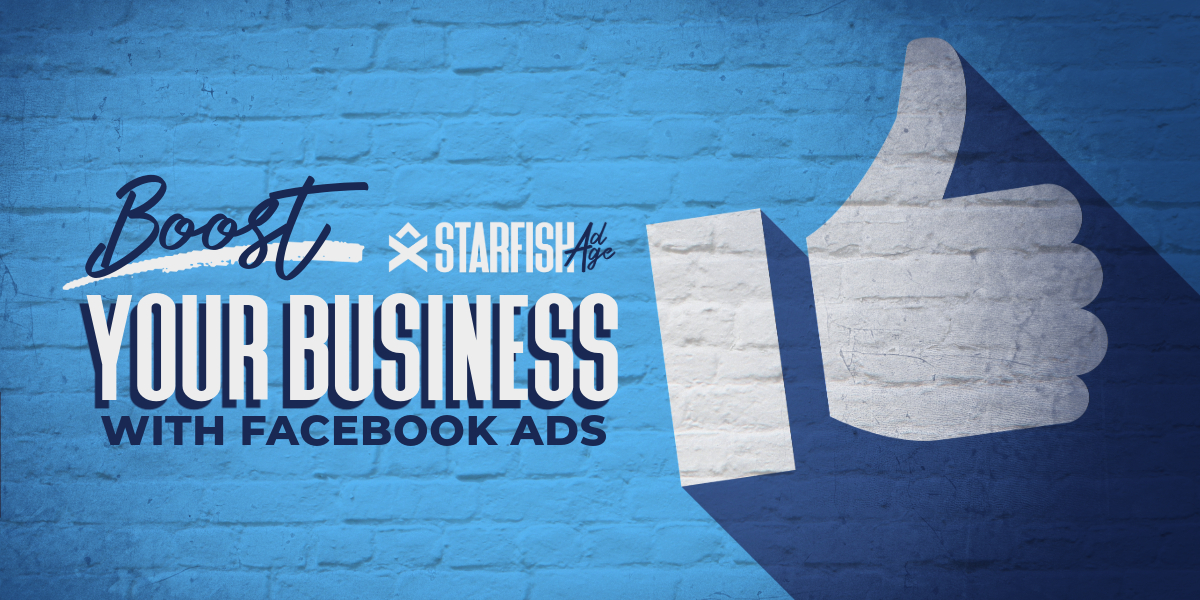
Discover how to advertise on Facebook. Learn about Facebook ad campaigns, targeting options, and ad formats to reach your audience effectively.
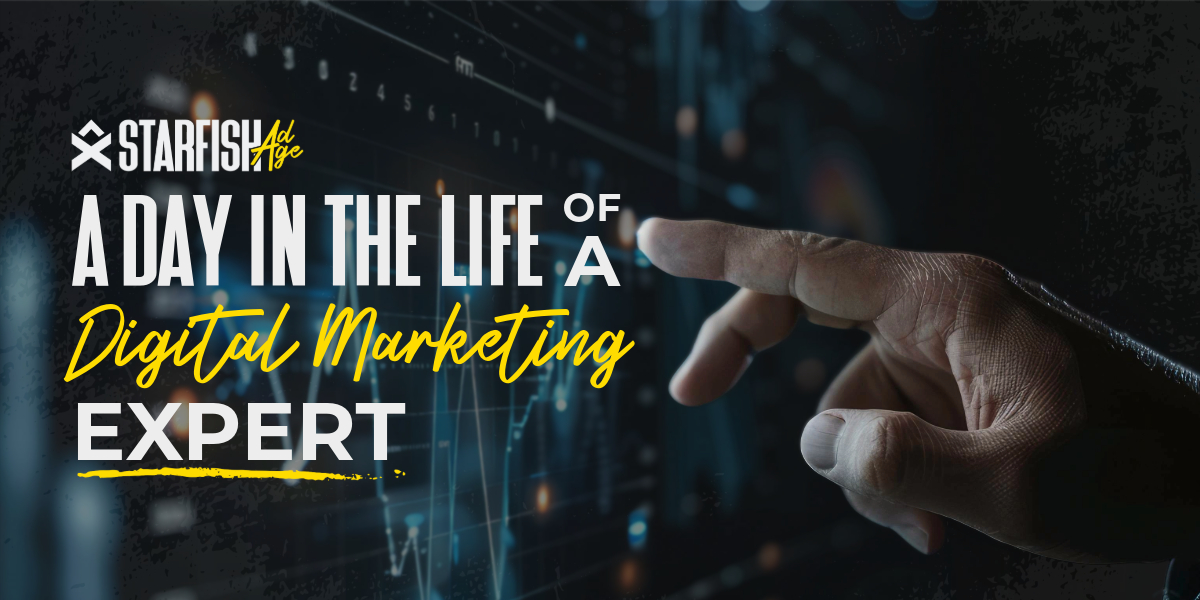
Explore digital marketing essentials for modern businesses. Explore the history, strategies, data-driven targeting, message marketing, and content creation.
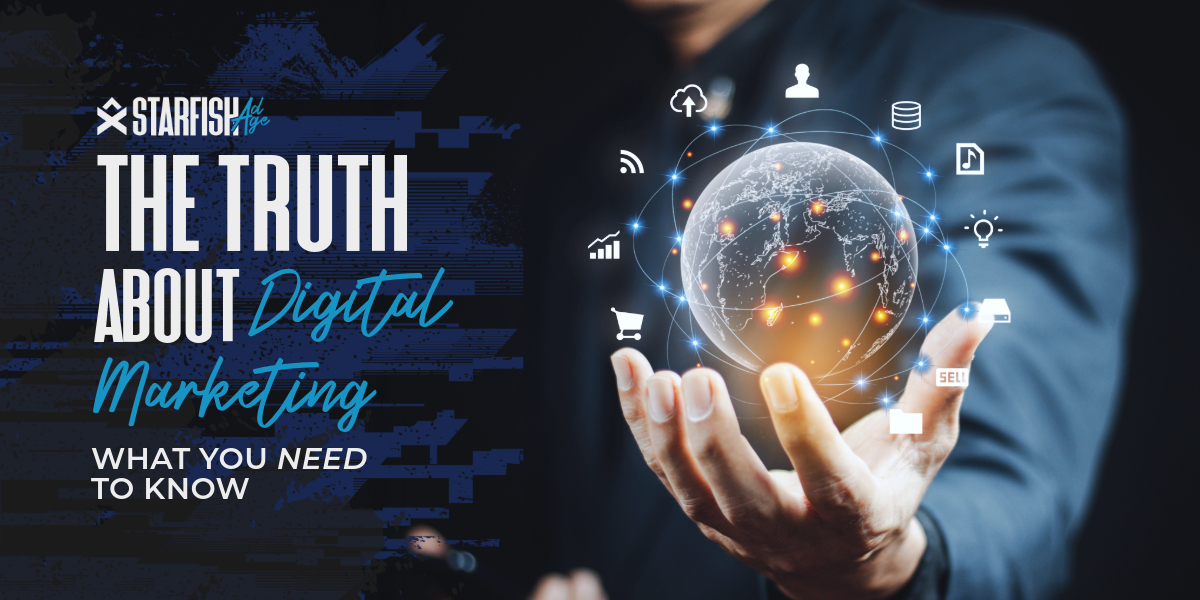
Explore digital marketing essentials for modern businesses. Explore the history, strategies, data-driven targeting, message marketing, and content creation.
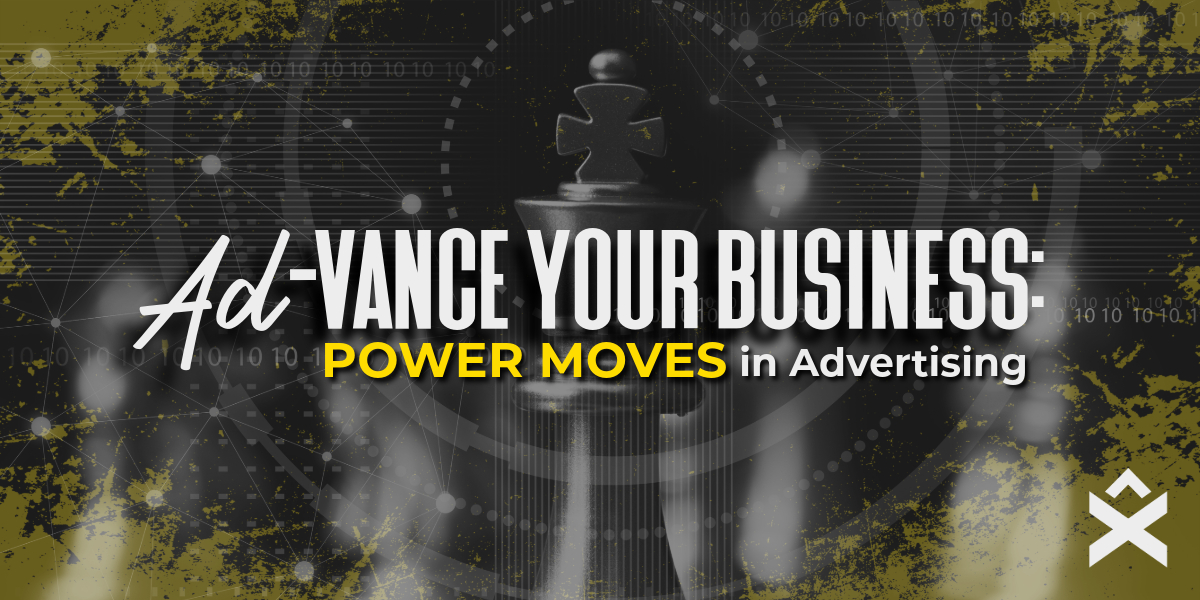
Discover how to get ahead in advertising with effective strategies and insights on how to grow your business in today’s digital environment.
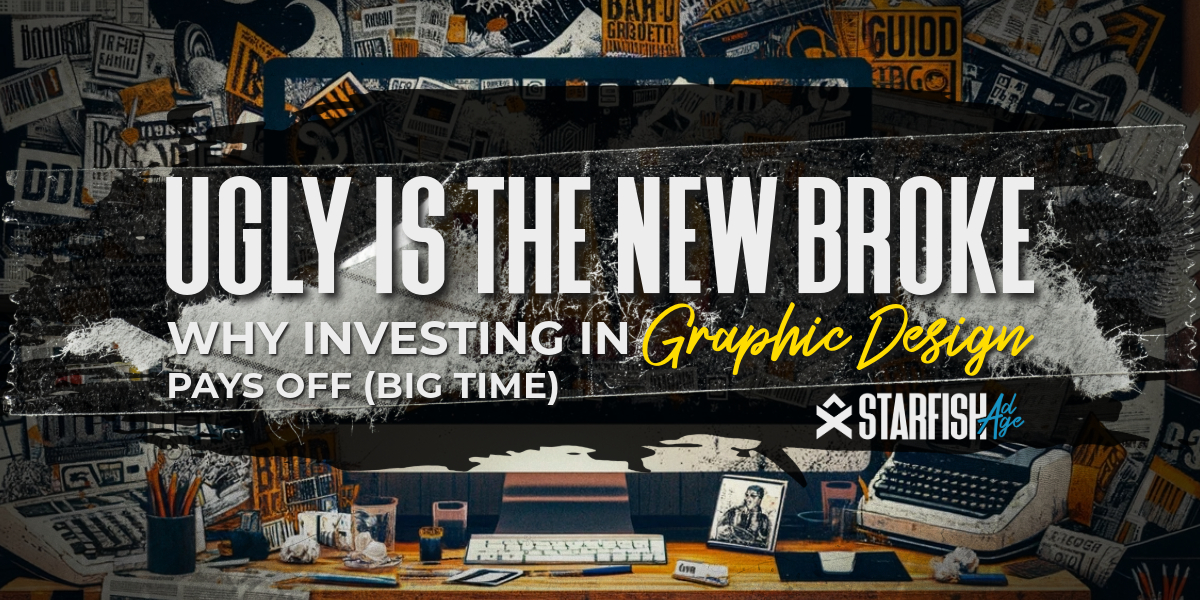
Learn how brand identity, effective logo design, and a cohesive brand strategy can transform your business. Explore essential tips for impactful branding.
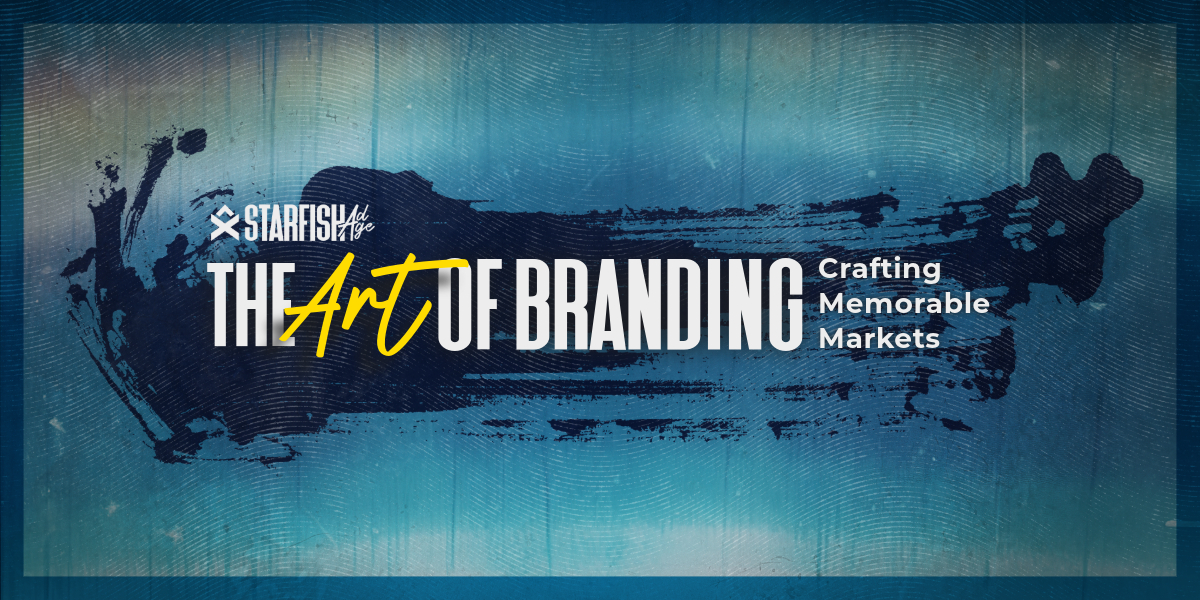
Learn how brand identity, effective logo design, and a cohesive brand strategy can transform your business. Explore essential tips for impactful branding.
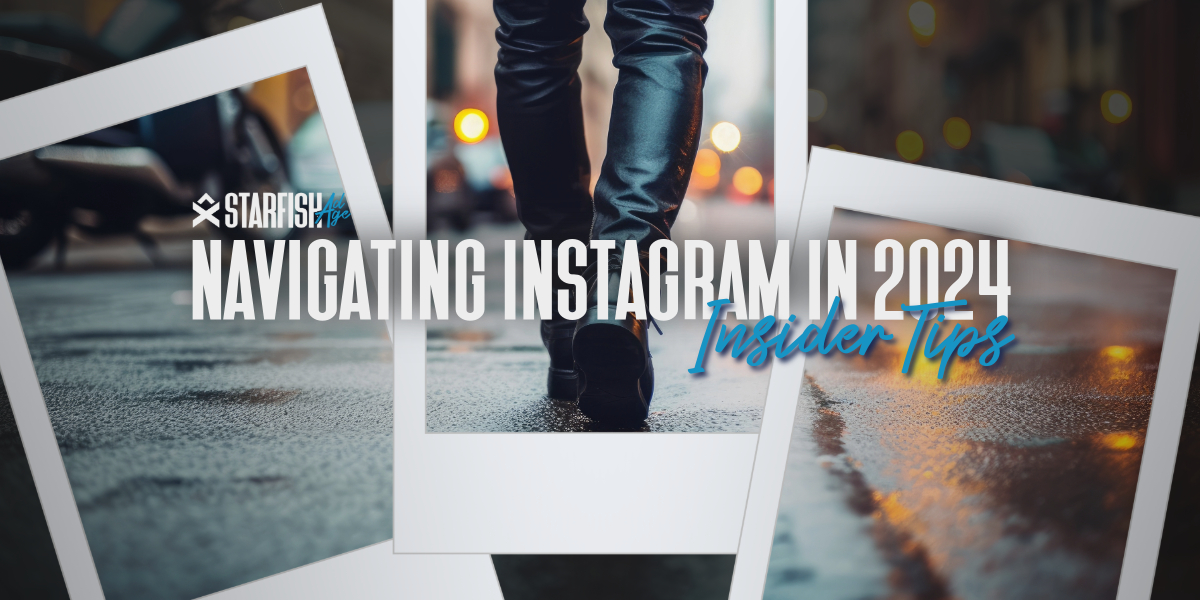
Gain insights from success stories and FAQs to optimize your Instagram strategy and connect with your target audience more effectively than ever before.
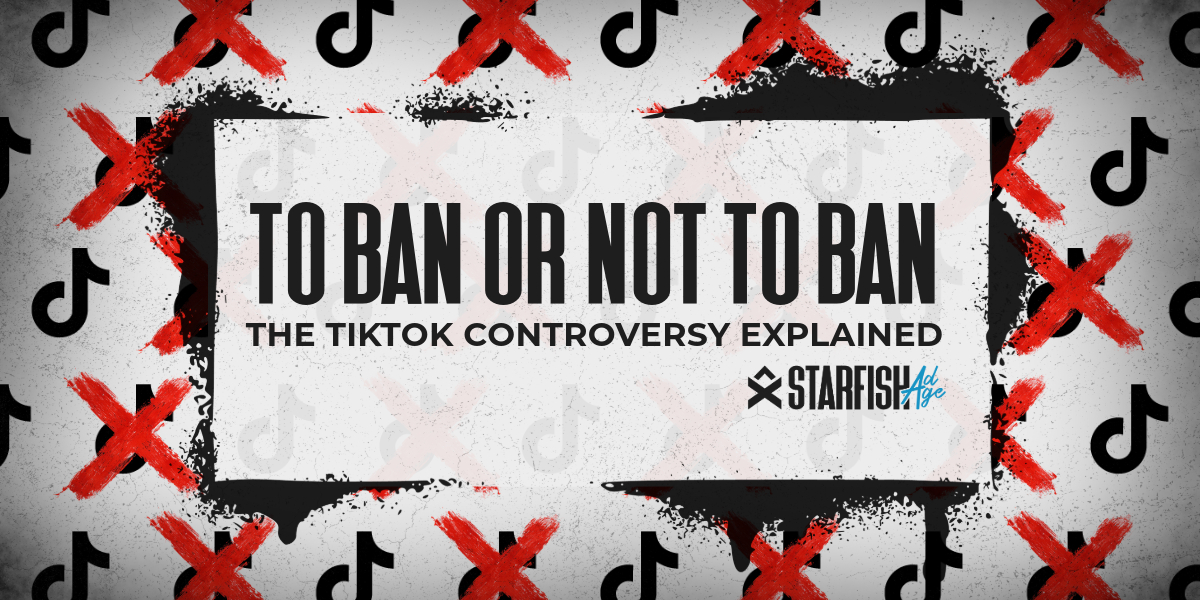
Explore the comprehensive guide to the TikTok ban debate in the U.S., including the rise of TikTok, concerns over privacy and national security, and the implications for users and the broader social media landscape.
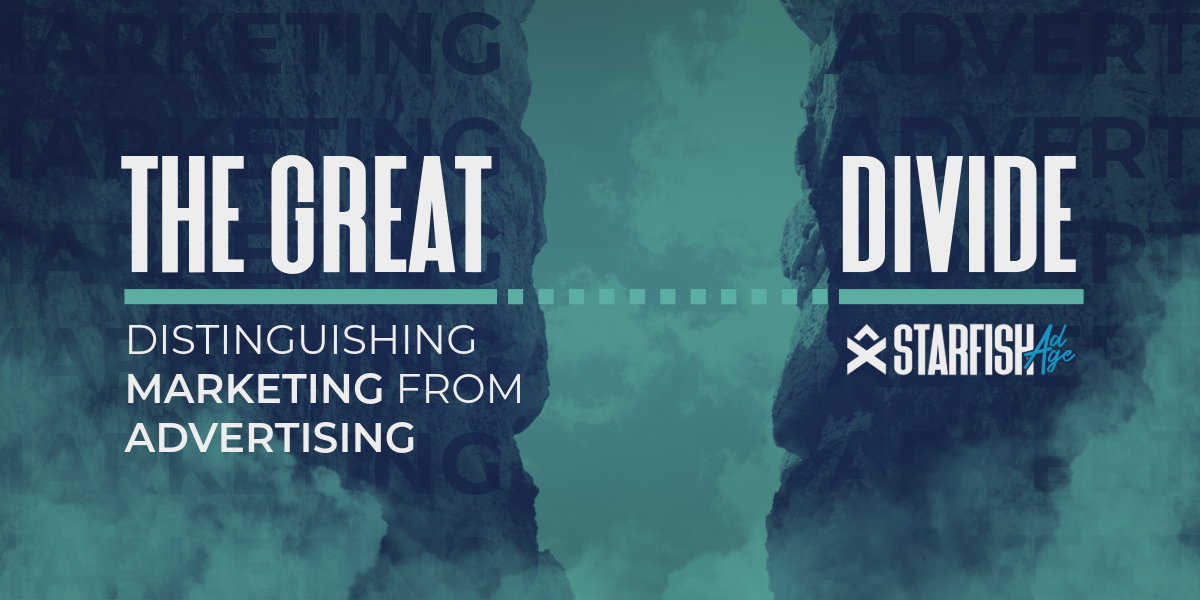
Explore the essential distinctions between marketing and advertising and learn how each plays a unique role in business success.

Discover how social media transforms business promotion, enhancing brand awareness, and driving sales through ads, content, and influencer partnerships.
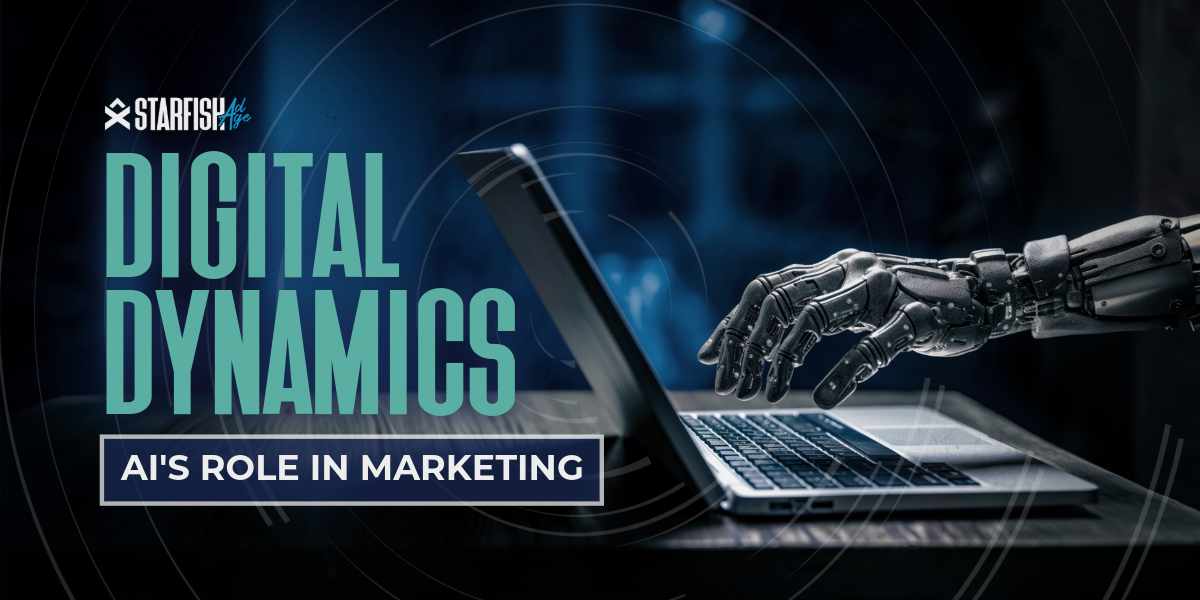
Discover how AI enhances efficiency while human creativity remains essential. Learn what AI can and can’t do, its benefits, challenges, and the future of AI in digital marketing.
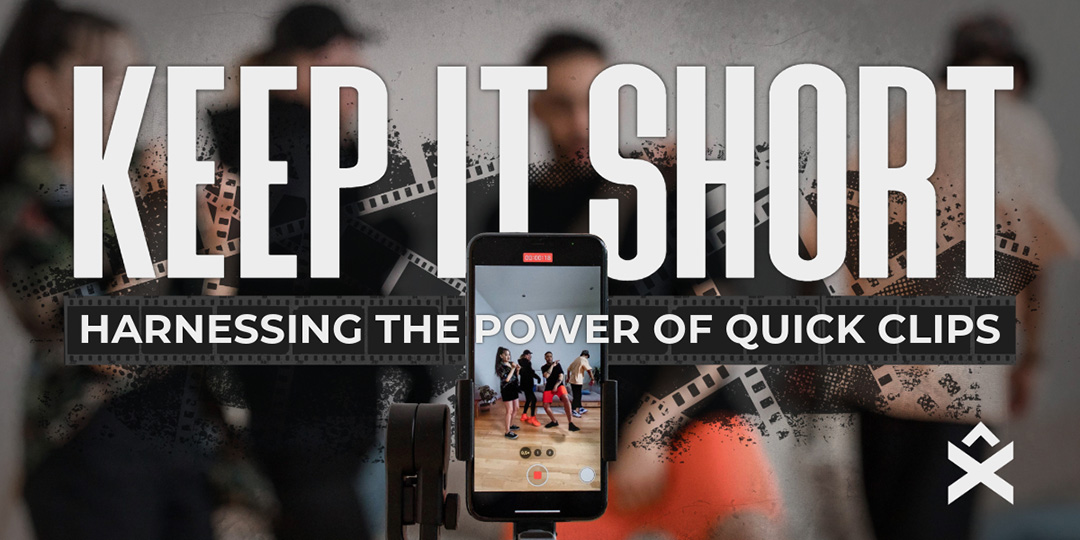
Discover key strategies for East Texas businesses to engage audiences and enhance marketing with short-form videos.
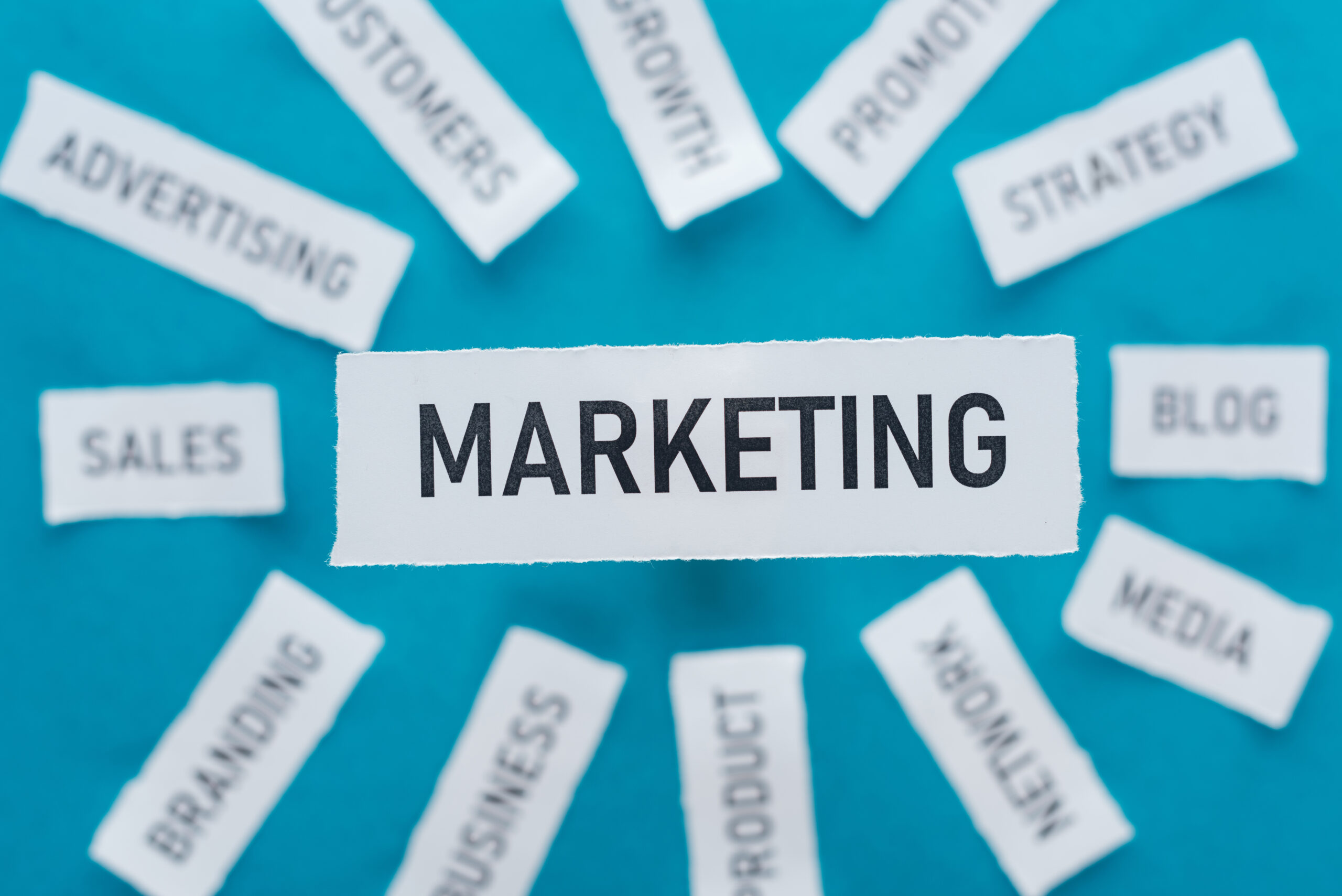
Cheers To The New Year! Now is an excellent moment to take stock of your marketing endeavors and think about ways in which you may develop and expand in the
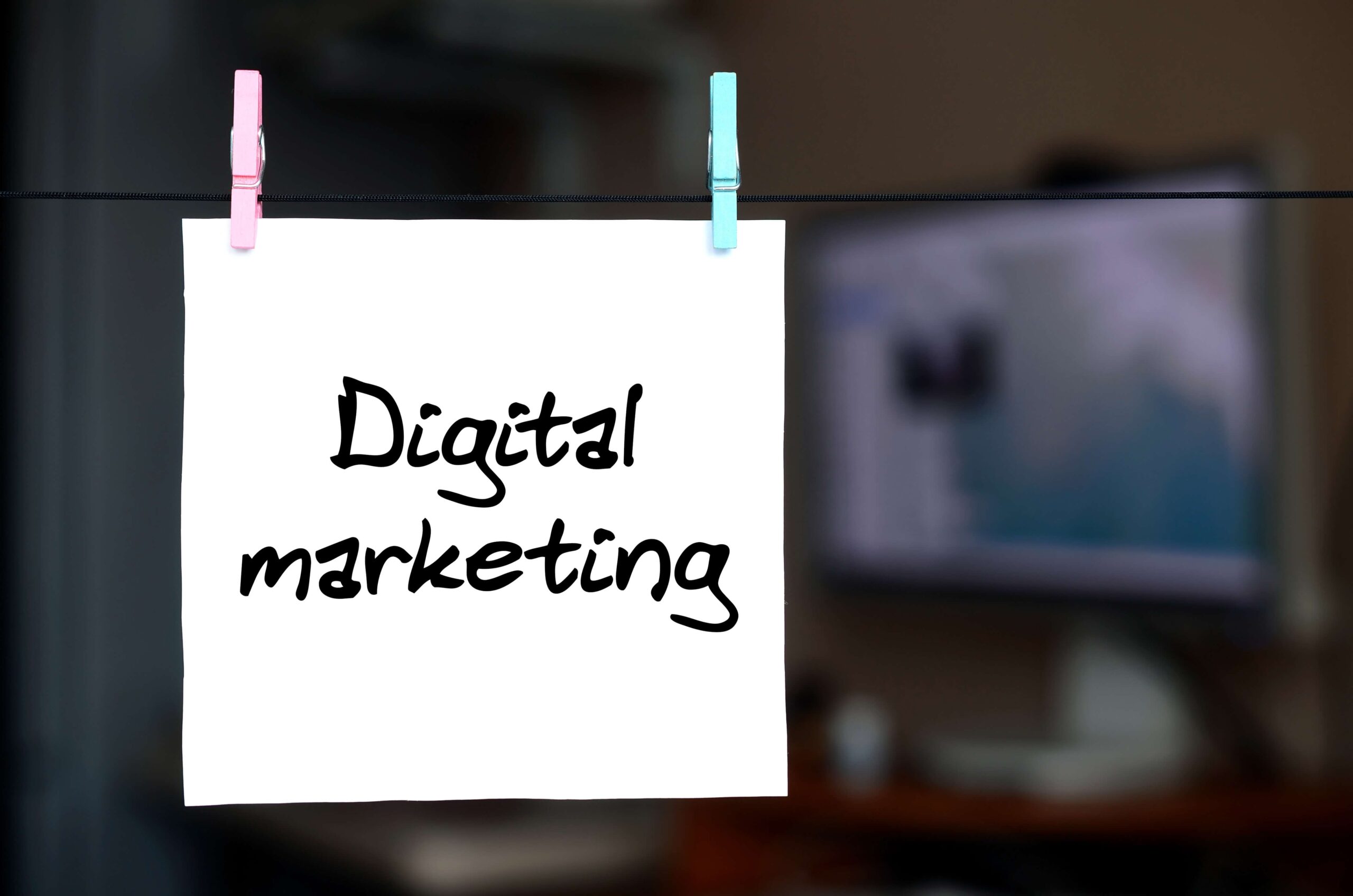
Most individuals in business consider the behavior of customers as having just one dimension, which should be watched and then reacted to. Consequently, marketing activities are reduced to only a
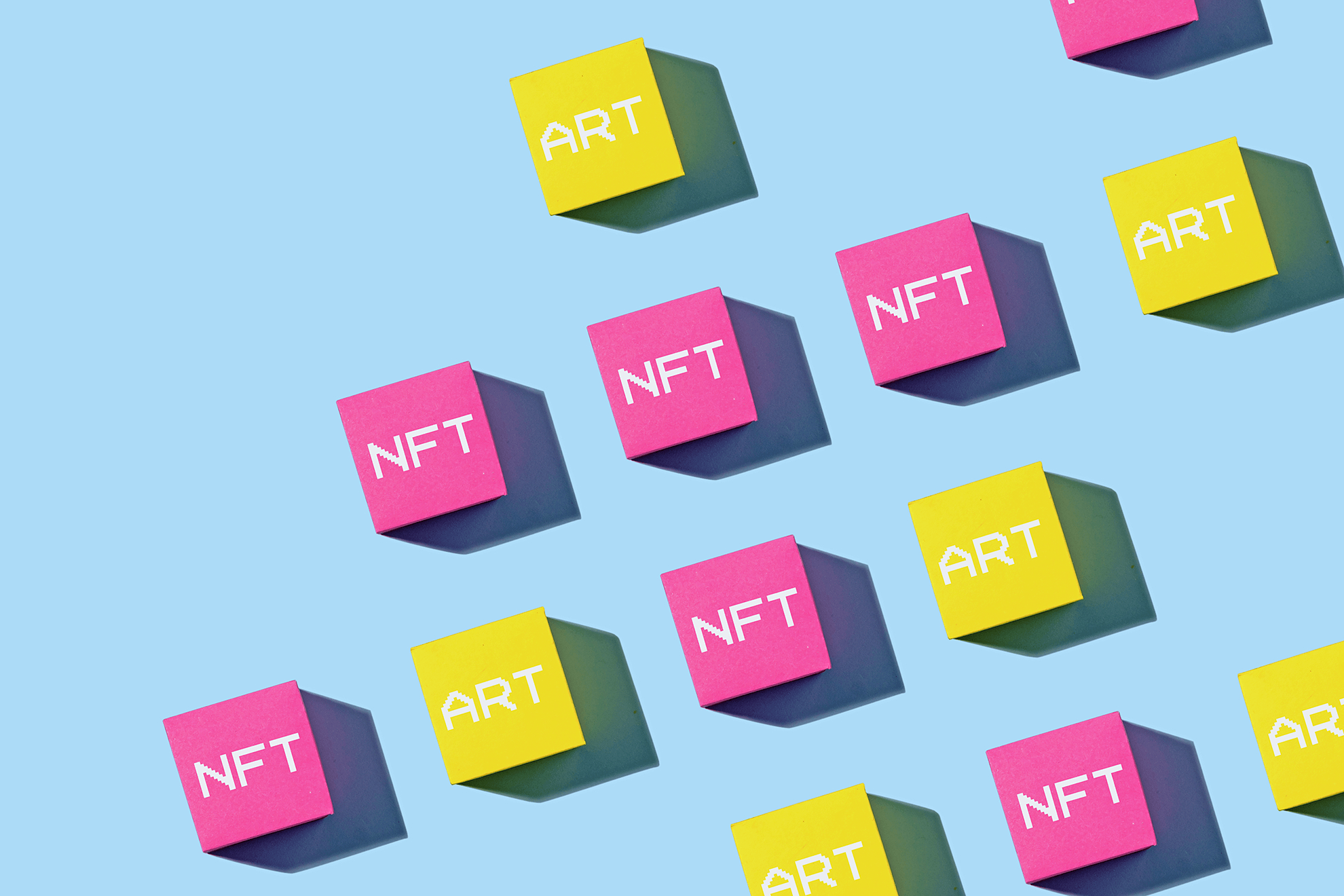
Is Web 3.0 a potential future iteration of the internet that relies on public blockchains, a record-keeping technology best known for enabling bitcoin transactions? Web 3.0’s appeal lies in its
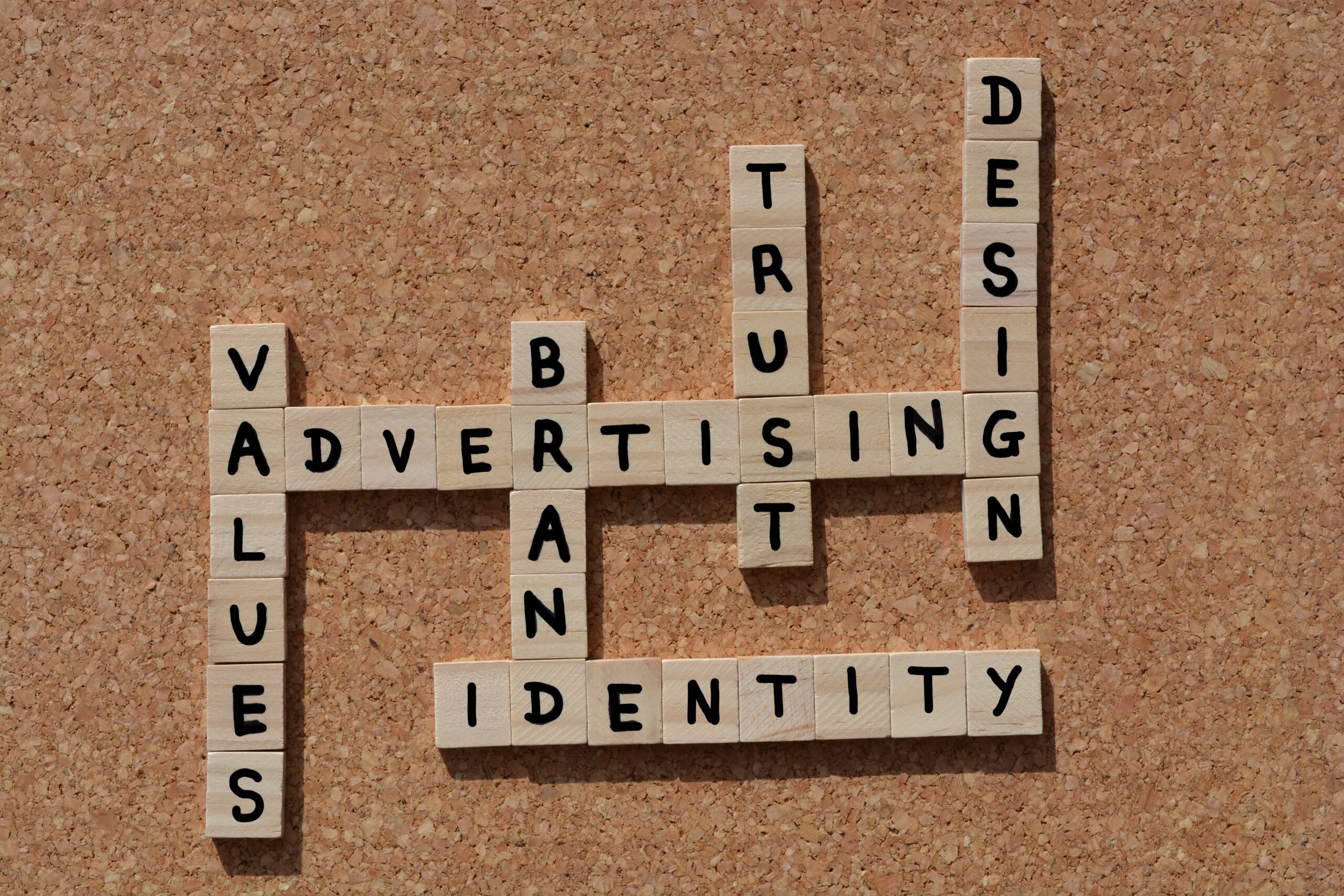
Businesses that are doing well are capitalizing on their current customer connections and the information that customers are willing to offer in order to provide them with better experiences. This

The privacy landscape has changed because of a possible national privacy bill and because both state and federal regulators are starting to crack down on using personal data. Sephora agreed
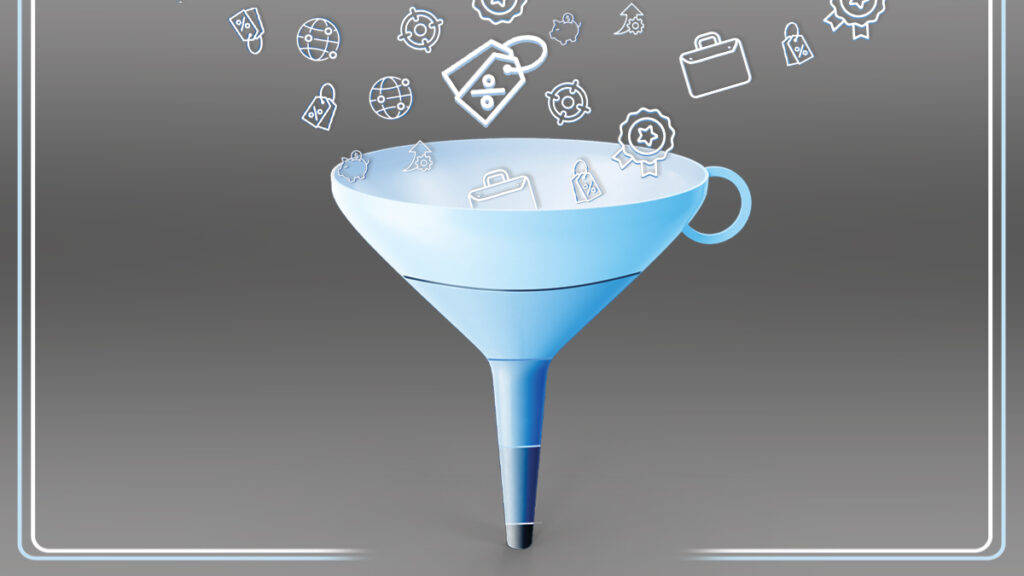
For salespeople, marketing departments, and business owners — catching more leads is a key objective for every company. In fact, according to the Harvard Business Review, getting in front of

I first heard of data clean rooms at Programmatic I/O in New York a few years ago. And I didn’t really understand fully what they were, but I assumed something

Apple is Launching a Demand-Side Platform for Programmatic Advertising. In the ever-changing world of digital advertising, marketers have new tools to leverage and help optimize their ad spend and deliver

There are so many different ways businesses can market their brand on Facebook. Organic posts boosted posts, and even video ads are just a few of the options you have
All Rights Reserved | Starfish Ad Age LLC | 2023 | Privacy Policy